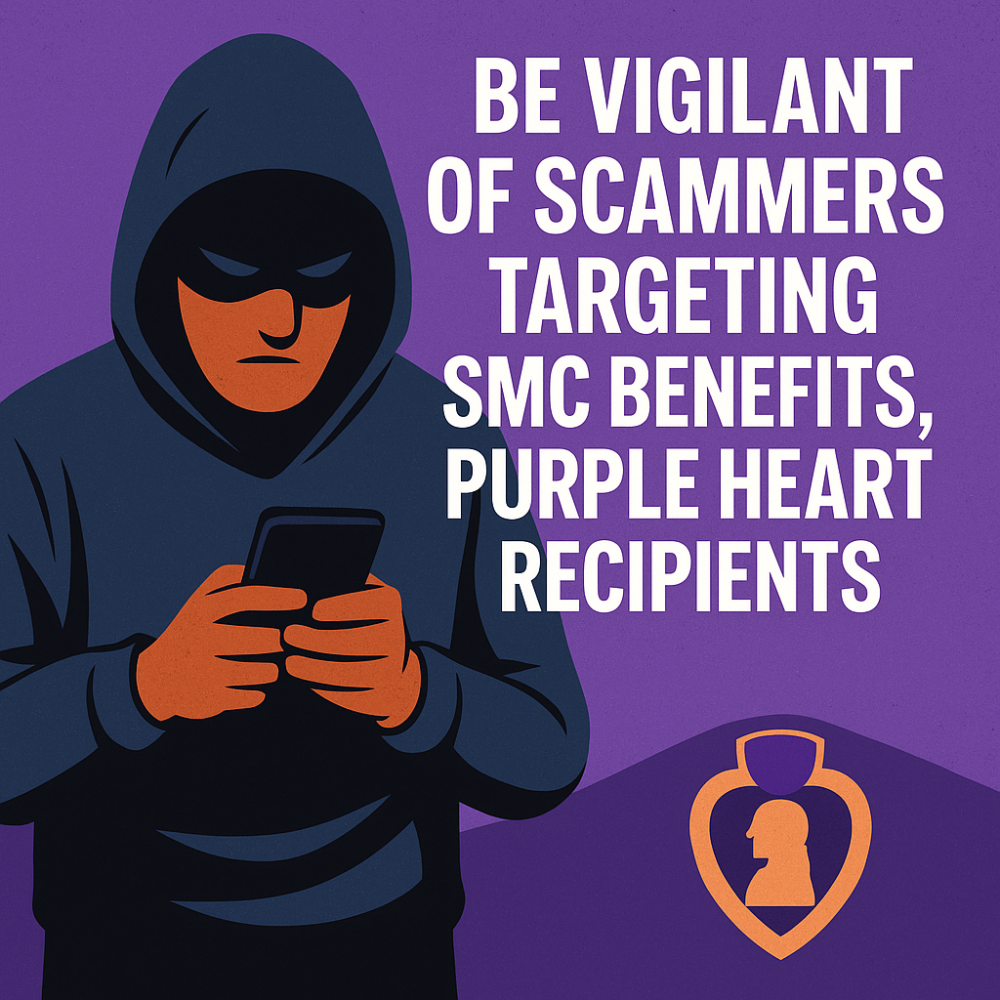The internet can be a great resource for finding deals, but it can also be a breeding ground for scammers and fraudsters. Here are some tips on how to avoid online scams or fraud and not become another victim.
Beware of fake websites and emails. Many scammers will create fake websites or emails that look very similar to legitimate ones in order to get your personal information. Be sure to double check the URL of a website before entering any sensitive information, and be on the lookout for misspellings or other irregularities in email addresses. If something seems “off,” it probably is.
Here are 5 types of fake email to watch out for

1. Emails that contain typos or grammar mistakes.
If you receive an email from a company or individual that contains misspellings or bad grammar, chances are it’s a fake. Companies take care to proofread their emails before sending them out, so if you receive an email with errors in it, be wary.
2. Emails that come from a free email service like Gmail or Yahoo.
Legitimate companies will almost always use their own domain name for their email address (e.g., yourname@companyname.com). If you receive an email from someone using a free email service, be careful—it might be fake.
3. Emails with attachments that you weren’t expecting.
One of the most common scams you’ll encounter online is phishing emails. These are emails that are designed to look like they’re from a legitimate company, but are actually from scammers who are trying to steal your personal information. Phishing emails will often ask you to click on a link or open an attachment, which will then install malware on your computer or redirect you to a fraudulent website. To avoid falls victim to a phishing scam, never click on links or open attachments in emails unless you’re absolutely sure they’re from a trusted source. If you’re not sure, go to the company’s website directly and find the information yourself.
4. Emails that ask you for personal information like your Social Security number or bank account number.
No legitimate company will ever ask for this type of information via email. If you receive an email asking for personal information, delete it immediately—it’s a scam!
5. Emails that threaten legal action if you don’t respond.
Some scammers will try to trick people into responding to their email by claiming that there is some sort of legal issue at stake (e.g., “You haven’t paid your taxes!”). Don’t fall for it! If you’re unsure whether an email is legitimate, contact the company directly to inquire about it—do not reply directly to the email itself.
Here are 5 ways to spot fake websites

1. Look for misspellings and grammatical errors.
If you see a lot of spelling and grammar mistakes on a website, that’s usually a good indication that it’s not legitimate. Scammers often don’t take the time to proofread their work, so they let these types of mistakes slip through the cracks.
2. Check the URL.
When you’re on a website, take a look at the URL in the address bar at the top of your screen. A fake website will often have a URL that’s slightly different from the real thing. For example, if you’re trying to access your bank’s website, the URL might normally be something like “www.bankofamerica.com.” But on a fake website, it might be something like “www_bankofamerica.com” (notice the extra underscore). Another common sign of a fake website is an “@” symbol in the URL; real websites don’t use this symbol in their URLs.
3. Be wary of pop-ups and unexpected downloads.
Legitimate websites won’t try to trick you into downloading anything or clicking on any pop-ups. So if you’re seeing a lot of pop-ups or unexpected downloads happening when you’re on a website, be careful—it might be fake.
4. Inspect the contact information carefully.
If you’re looking at a website and trying to decide if it’s fake or not, one thing you can do is look for ways to contact the people behind it. Most legitimate websites will have some sort of contact information listed somewhere on their site, whether it’s an email address, phone number, or mailing address. Take some time to inspect this information carefully; if it looks suspicious, it probably is. A common sign of a fake website is an @ symbol in the contact information; real websites don’t use this symbol in their contact information section.
5. Do some research on the company or person behind the website.
If you’re unsure about whether a certain website is legitimate, one way to check is by doing some research on the company or person behind it. If they don’t have much of an online presence outside of their own website, that could be cause for concern. You can also type their name into Google followed by words like “scam” or “fraud” to see if there have been any complaints about them online .
Conclusion
Remember, keep your personal information private. Be very cautious about giving out personal information like your social security number, date of birth, bank account number, etc., even if the person or company requesting it seems legitimate.
By following these simple tips, you can help protect yourself from becoming a victim of an online scam or fraud. Remember to always do your research before doing business with someone online, and be alert for warning signs that something may not be on the up-and-up. When in doubt, err on the side of caution and don’t give out any personal information until you are absolutely sure you can trust the person or company you are dealing with.
On this web page, when I am promoting a product it is because it is a product that I currently use. For example, in my article on “the easiest website builder” that is a product that I not only use but is what I used to write this article.




Leave a Reply